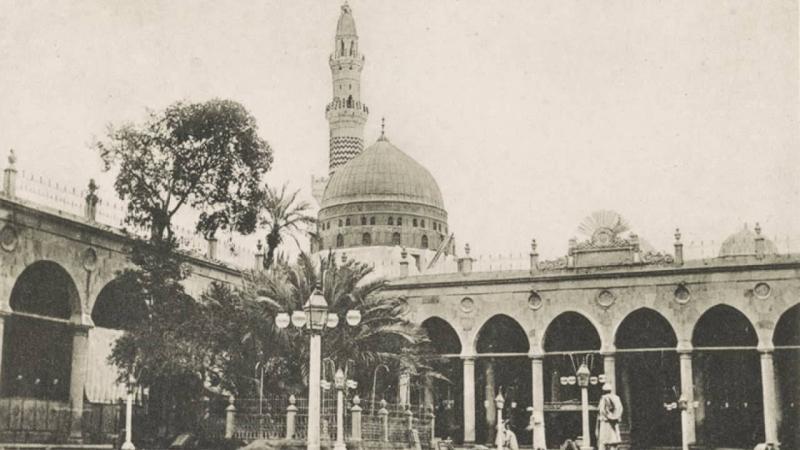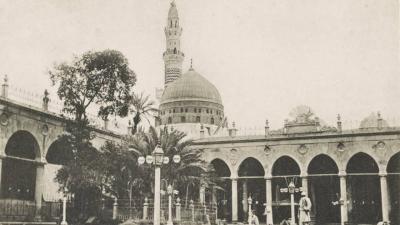In the twenty-seventh year of the eighteenth century, the first Saudi state was established. At that time, the Arabian Peninsula was not a focal point in major international events. During that century, resurgent Europe was the center of the world, engaged in bloody wars among itself and undergoing internal popular revolutions. The French monarchy had collapsed, the War of Independence against the British had erupted in America, and the Ottoman Empire faced battles in Europe that forced it to turn eastward by invading the Safavid state. In this century, Great Britain was established, the United States was formed, and the French Republic was proclaimed. The eighteenth century was filled with major events; it laid the foundations of the political map that most of the world still functions under today, and the establishment of the Saudi state was one of the changes that cemented its presence until today. The Arabian Peninsula was outside the interest of colonial powers due to its resource poverty, the main driving force for international colonial competition. At the beginning of the century, specifically in 1727, the new state boldly and with foresight emerged from one of its ruling families, Mohammed bin Saud. Before that, the Arabian Peninsula was rich with multiple small kingdoms in the regions of Hijaz, Asir, and Al-Ahsa, among others. The Najd region, like other regions, was fragmented into competing emirates between Al-Uyaynah, Al-Diriyah, Manfuhah, Riyadh, Al-Kharj, and others, living in endless wars. Wars and invasions were launched to extend influence, settle scores, collect tributes, disrupt the pilgrimage routes, and plunder them.
What made Mohammed bin Saud's journey to subjugate the competing emirates in Najd a popular and successful project was that he demonstrated to the people that through a strong, centralized government, he would end the era of invasion and plunder. His message was to establish a state that would end the fighting among tribes, residents of forts, invaders, and highway robbers. His differing project lay in state-building rather than tribal or local fanaticism, as he achieved for all those areas under his influence safety and protection for their residents. His movement spread to extend beyond the heart of the Arabian Peninsula to other regions, eventually uniting them all under one state and one leadership, for the first time since the fall of the Islamic state.
This political movement changed the face of the Arabian Peninsula for over the following three hundred years and inspired the Arab region. When the Saudi state was established in the eighteenth century, it presented a different model— the nation-state, one nationalism as opposed to multi-national states. It achieved a political unity that this part of the world had never witnessed before. The nation-state was later recognized as a new political governance phenomenon in Europe in the nineteenth century, marked by its national borders and cultural commonalities.
It is incorrect to assert that when Mohammed bin Saud established his state it had no project other than fighting innovations or taking revenge on his adversaries. His town, Al-Diriyah, suffered, like others, from the aggression of its neighbors due to hunger, drought, and vendettas. In Najd alone, the foundation war lasted for 27 years, resulting in the deaths of four thousand individuals. After subjugating the cities and villages of Najd, he did not cease, but ventured into its deserts to restore the rule of the Arabian Peninsula to its people, after it had been governed from a distance by Damascus, Baghdad, Cairo, and Astana through the centuries, leaving its inhabitants to suffer from waves of hunger, drought, and epidemics, except for Mecca and Medina. There was neither a state nor stability in the Arabian Peninsula until Mohammed bin Saud came and decided to change the situation by declaring his rule over what lay beyond his town of Al-Diriyah, which during the first Saudi state became the capital of a vast kingdom, stretching to the outskirts of Damascus in the north and Yemen in the south, from the waters of the Gulf to the waters of the Red Sea. The great Arab state witnessed an era of safety and prosperity that the Arabian Peninsula had not known since the fall of the Rightly Guided Caliphate.




